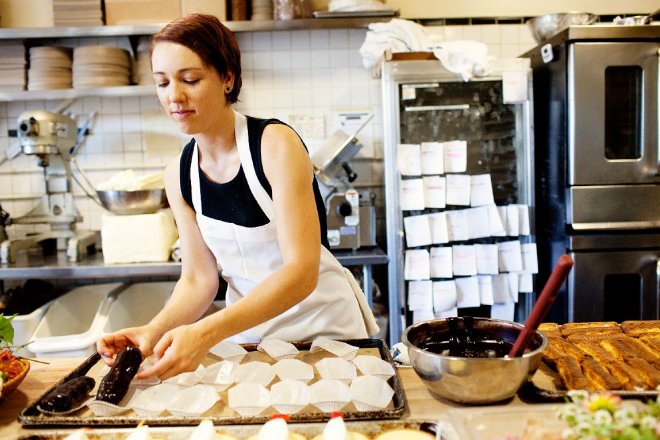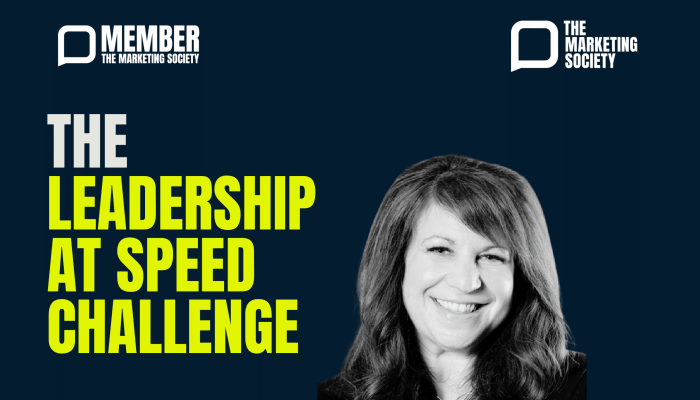What a difference a year makes. As we look ahead to 2017, markets are confident, even though assumptions have been shaken and narratives overturned. Amid the massive shifts that are sure to follow, there’s never been a more important time for brands to keep tabs on forecasts and emerging consumer behaviours.
Below is a curation taken from JWT's latest Future 100 report.
Un-tabooing womanhood
In last year’s Future 100, we discussed how “previously taboo aspects of femininity are being unearthed and bought to the forefront” of cultural discourse. Today, open discussion of menstruation, body hair and more are going global, with even relatively conservative societies like China and India getting in on the discussion.
One of the clearest examples reached an audience of millions: at the Rio Olympics in August, the Chinese swimmer Fu Yuanhui broke a taboo, raising a subject rarely discussed in public even among Western athletes, when she told an interviewer that her failure to take home a medal was in part “because I just got my period yesterday, so I’m still a bit weak and really tired.”
In China, regulators still ban ads for feminine hygiene products during peak viewing hours. But the country this year saw the launch of its first domestic tampon brand, Danbishuang, and another new brand, Fémme, hopes to “shift perceptions of menstruation from patronizing to positive and from conservatively traditional to symbolic of contemporary female identity,” according to Yoai, the company behind Fémme. Branding by Pearlfisher positions the item as a premium product, and aims to dispel the stigma around tampon usage
In India, where one in five girls drop out of school after they start menstruating, according to Nielsen and Plan India, student activists are trying to lift the shame and stigma surrounding open discussion of the issue. At Calicut Medical College in Kerala, students launched a menstruationthemed haiku and poetry contest in celebration of International Women’s Day. Social media publicity resulted in entries coming in from around the country. “We’re budding doctors, so if we don’t talk about this, who will?” activist Kavya Menon told The Guardian. “It only takes a small number of people willing to break a taboo, and then the others will follow.”
Why it’s interesting: As activist movements cross international borders more easily than ever thanks to social media, no market is protected from the wave of online feminism that has inspired millennials and generation Z. Don’t assume that traditional attitudes prevail.
Age of the single lady
Over the past several decades, independent female adulthood has become the norm in the West. In 1960, more than 70% of all US adults aged 18 and over were married. Today, it’s dropped to slightly more than half, according to Pew analysis of US Census data. Women often experience single adulthood for years before marrying: The average age of a first marriage is now 27 for women, up from 20 in 1960.
Single women are a powerful consumer force. But do brands know how to reach them? “The challenge for marketers will be communicating with single women as if they were people, rather than defining them by their unmarried status,” Rebecca Traister, author of 2016’s All the Single Ladies, told the Innovation Group. “You still tend to see marketing reach out to women based on the fact that they are single.”
Some brands are trying to reframe the narrative around singledom. SinglesSwag, launched in 2016, is a subscription box that celebrates singlehood. For $40 a month, “beautiful, fabulous single women” can receive curated beauty products, books and accessories.
In China, where young unmarried women are still called “leftover women,” skincare brand SK-II launched a documentary-style ad in April 2016 that challenged perceptions of singledom through the voices of three young women and their parents. The campaign touched a nerve and spread rapidly, earning more than 2.7 million views on Chinese social media within just a few days.
Aside from singledom, women are redrawing the map in other important ways. In the United States, nearly half of women of childbearing age are childless, says census data. Online communities like SavvyAuntie show the rising strength of this demographic, which spends an average of 35% more per person on groceries and twice as much on hair and beauty products, according to a DeVries report. Womanhood Redefined, an innovative 2014 promotion at the Westin New York Grand Central, was aimed exclusively at this “Otherhood” group.
The Age of the Single Lady stands to shift how marketers think about women overall. “I think, ultimately, it’s about acknowledging that women are motivated by all kinds of things, including romance, sex, work, a desire for travel, and familial comfort,” Traister said. “It’s about acknowledging women as full human consumers.”
Why it’s interesting: As consumers, women are too often placed in boxes like “mom” or “wife.” Not only do these boxes not speak to women’s experience, they also leave out certain consumer groups entirely. It’s up to the next generation of advertising to move past that.
She owns it
We’ve seen movements for gender equality in Hollywood representation, Silicon Valley and even Madison Avenue, so what’s next? Increasingly, brands of all stripes are highlighting their commitment to ownership structures, supply chains and staff that are either exclusively or proportionately female, and some are using this as a selling point.
Thalia Mavros, founder of media platform The Front, places female ownership at the core of her business model. “Even though we see a huge disparity in ownership, we still had a few potential investors aggressively challenge the importance of investing in female media entrepreneurs,” says Mavros. “A few heated arguments and door slams later, I am proud to say we are founded and run by women, our investor has a female chief executive at the helm, and even our board of directors is all-female.”
Manufactory, the latest project from San Francisco’s Tartine Bakery, offers a wine list with at least half of selections sourced from vineyards that have women owners. In a male-dominated industry, it’s not the easiest quota to meet. “When we had this conversation not long ago about the wine list, I was mortified with myself that it was not even on my radar, the aspect of having female producers on there,” Tartine co-owner Elisabeth Prueitt told online drinks magazine Punch. “Over 50% of my staff are female, and it’s important to mirror those qualities in every aspect of the operation.”
Why it’s interesting: Women are looking for brands to pay more than just lip service to feminism—even a hyper-inclusive H&M ad campaign was criticized by some in light of the brand’s reliance on low-paid female labor in developing countries. Build in feminism throughout your supply chain to stand out.

See the full report here.


